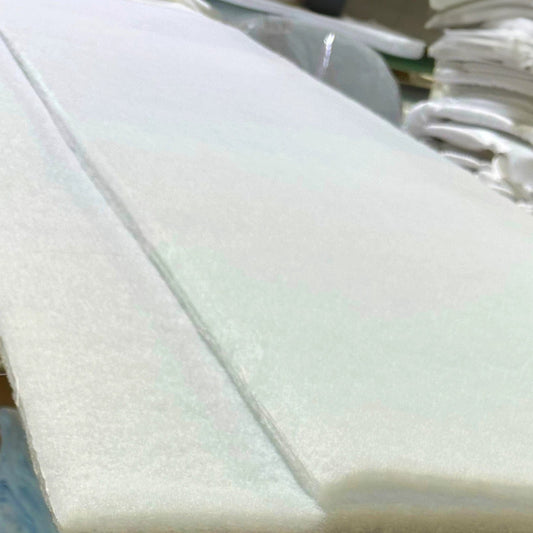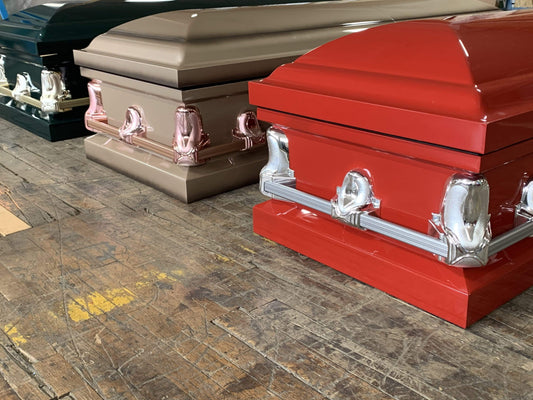Ancient Egyptian Coffins and their cultural comprehension
Ancient coffins and their functions will always be a fascinating idea. The cultural significance, the traditions and the metamorphosis of coffins to what we know today are full of ideas and stories that go unheard.
In Egyptian tradition, honoring and protecting the body is an important tradition. The idea has always been to preserve the body so the deceased could transform into an effective spirit in the afterlife. The tradition of preservation entailed the process of ‘mummifying’ the body and keeping them in coffins. This was only a part of the process of preservation. With each timeline, sarcophagi or ancient Egyptian coffins were decorated to evolve and meet the trends of the time. Tombs from the Predynastic period to the Greco-Roman period have seen a practice of burial assemblage to protect and preserve the body for the afterlife.
The Old Kingdom And Egyptian Coffins
Egyptian coffins were built as eternal homes for the deceased to spend their afterlife in. The Egyptian coffins at this time were rectangular and impersonated the function of walled homes or dwellings. These ancient coffins received offerings and alms from family members. The ancient Egyptian coffin was simple with no design or decorations on them. It was only later that the Old Kingdom started to etch hieroglyphs onto the coffin. This included the name of the deceased and a list of offerings made. Eyes were drawn onto the coffin- known as Wadjet eyes. These eyes were the windows to the outside world for the deceased.
The Middle Kingdom Coffins
The Middle kingdom brought in the tradition of mini tombs. Ancient Egyptian coffins were deemed to be mini tombs and were embellished with paintings of the goddesses Isis and Nephthys who acted as guards of the coffin. Spells were also engraved into the coffin to pray for the deceased’s well-being in the afterlife.
We notice a significant shift in the practice when the deceased was seen as a ‘manifestation of Osiris,’ the god of the dead. The middle kingdom made design changes to these ancient coffins by introducing the anthropoid (human-shaped) type of coffin. The anthropoid coffins were usually adorned with wings, a collar, and a wig. This type of ancient coffin was known as the rishi coffin. These coffins were usually white or yellow in color and were inscribed with texts and spells from the Book of the Dead.
The advent of the Third Intermediate Period of Egyptian Coffins
The third intermediate era witnessed economic distress. This is why studies suggest that coffin assemblage and decorations were simplified. Egyptian coffins used techniques like paper maché to cover the mummies. This was when embalming came into practice. Post the Third intermediate period came the Late Period where coffins were made out of wood with a large smile painted on the anthropoid coffin to represent a happy mummy resting inside. During the Greco-Roman period, coffins were made to have more Hellenic features, bringing about another big shift in the traditions of ancient Egyptian coffins.
What is the Black Goo?
Egyptian coffins were graciously arranged to preserve and transport the body safely into the afterlife. The body is usually wrapped in an exquisite cloth, like linen, and is stitched into a plaster that lies in the mummy case. This process is known as the mummification of the body. When the body is lowered into the tomb, liters of black goo, made of natural materials like resin sourced from pistacia or conifer trees, are poured over the body. This is a practice observed especially during the Third intermediate period. Black goo is used at different steps of the burial process- usually, while the body is placed in the coffin and then poured again over the coffin or mummy case.
This might also be because Osiris, or the god of death, was also known as the Black One in funerary scriptures. This tradition can be observed in the coffins of Djed Honsiu-ef-ankh and Tutankhamun’s gold coffin.
Cultures and Traditions that need Preservation
The ancient Egyptian coffin is a testament to cultures and practices that deserve recognition and conservation. Religious and non-religious funeral practices differ from person to person and from culture to culture. Learning and reading more about such practices can help us trace the history behind what we do and why we do it!

![Upgrade to Premium Weight [18-gauge steel]](http://titancasket.com/cdn/shop/products/casketthicknesswithnumbers.png?v=1680642906&width=533)



